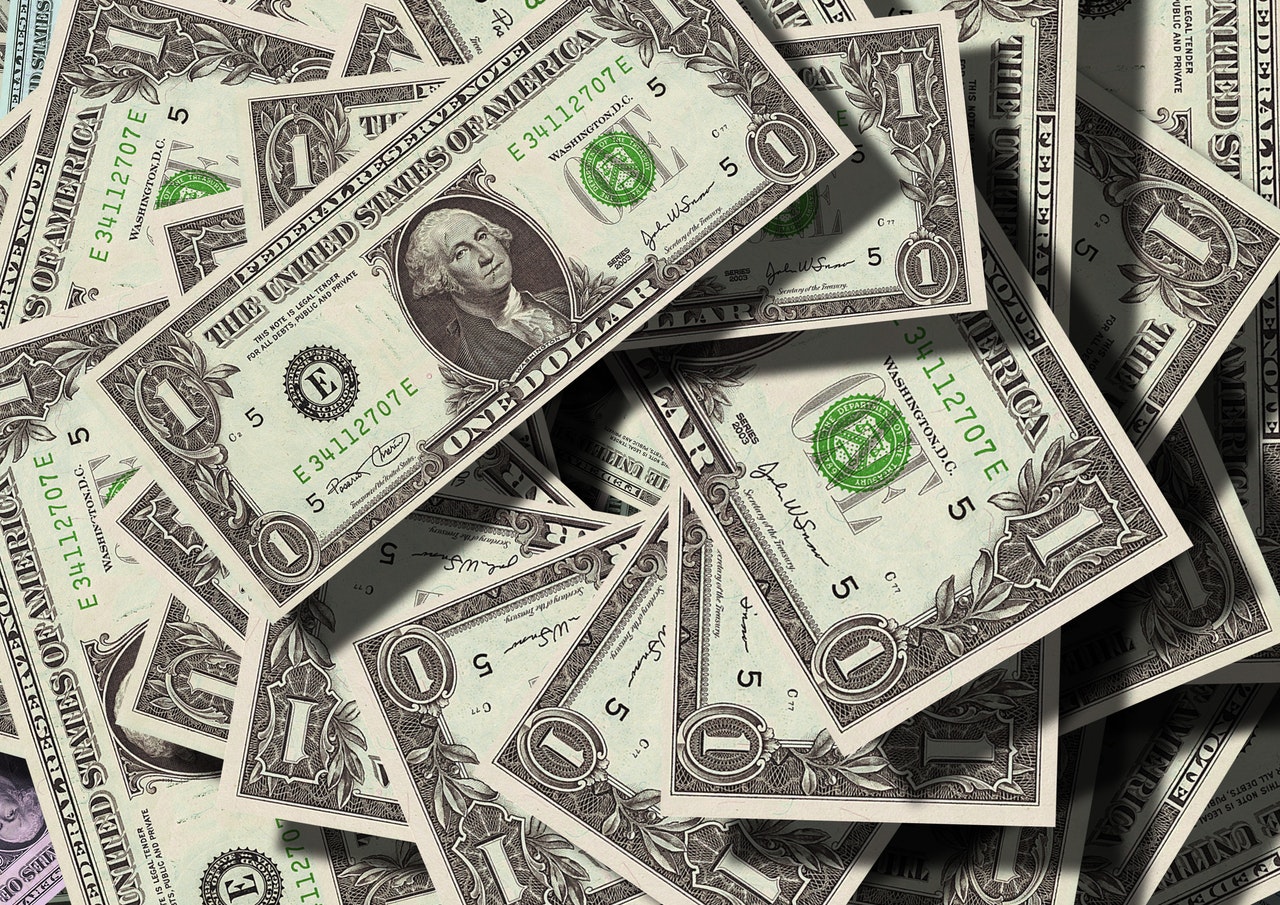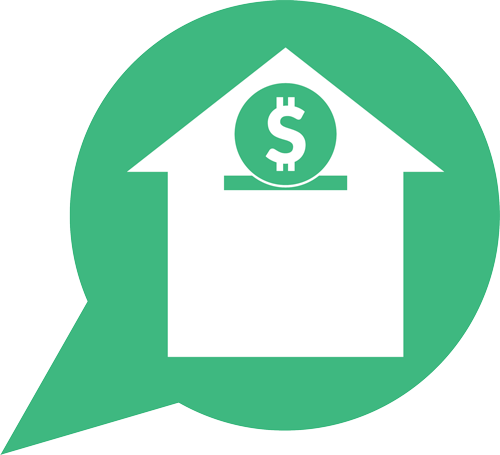Debt is a complicated subject in America. We have all heard horror stories about the risks of drowning in debt, but nevertheless, on average, we sink further and further into debt every year. As of 2019, the average American is $38,000 in debt, not including mortgages.
Part of the reason Americans carry so much debt is due to the idea that some types of debt are actually good debt. We are all familiar with the concept of good debt versus bad debt and have largely common conceptions about how different types of debt fit between the two categories. But why do we think this way?
Common Definitions of Good Debt and Bad Debt
Different blogs and publications will offer different definitions of good debt and bad debt. This particular article from Investopedia categorizes debts between those that finance appreciable assets and those that finance purchases that depreciate. This article from Nerd Wallet divides the line between debt that’s an investment in your future and debt that will drag you down. This article from HowStuffWorks offers another angle - low-interest debt is good debt but high-interest debt is bad debt.
Curiously, while the definitions vary, conventional wisdom surrounding which types of debt fall into which category are almost universally the same - mortgages and student loans are good debt, whereas credit card debt, car loans, and personal loans are bad debt.
On the surface, the categorization seems to make sense. According to conventional wisdom, real estate appreciates in value and a college education will positively affect your income over time, as opposed to the impulse buys that lead to car loans and credit card debt.
Is it really that simple?
Taking out a mortgage to buy a home doesn’t always improve your lot in life. Buying on the high end before a recession or maxing out your mortgage budget before finding out your home needs significant repairs can be an enormous drain on your finances. And taking on tens of thousands of dollars in debt to pay for a four-year degree isn’t guaranteed to lead to a lucrative salary.
On the other hand, if you were to use your credit card to buy a new suit to land a new job, that would qualify as a positive investment in your future. And taking out a modest car loan to buy a dependable car that gets you to work on time could also be a good investment.
Different types of debt that result from different purchases can affect people’s lives in a variety of ways. It’s never as simple as “taking on this type of debt is always a good idea.” People can fall into financial ruin as the result of “good debts” just as easily as the result of “bad debts.”
The Problem of Believing in Good Debt
Because many people believe that mortgages and student loans are solid “good debt” investments, they take on more than they need. Everyone needs a place to live, but not everyone needs to buy the biggest house they can using the maximum loan they qualify for. Higher education is often a good investment, but taking out every penny of federal student loans allowed to “live it up” for four years isn’t a good idea or a good investment. The “student loan crisis” is a perpetual news story and political campaign issue because, for many graduates, those financed degrees weren’t a good investment. And mortgage debt has reached the highest levels since 2008, before the housing market crash, indicating that buyers are once again financing bigger homes than they can afford.

All Debt is Bad Debt
At the end of the day, all debt is bad debt. As the book of Proverbs says, “The rich rules over the poor, and the borrower is slave to the lender.” (Proverbs 17:18) You are forfeiting future income that you could have put towards savings or investments in order to pay interest for a purchase today. Sinking into debt is basically stealing from your future self and sacrificing your financial freedom. At times, debt is a necessary evil or a potentially lucrative avenue toward investment, but it is never a good thing in and of itself.
The concept of “good debt” is a marketing scheme invented to sell houses and college enrollments. For whatever reason, when people give in to the idea of “good debt,” they lose sight of the gravity of the financial situation they are taking on. They resign themselves to decades of monthly payments without really reflecting on whether the sum of money they agreed to repay was the best decision for their lives in the first place.
Who benefits from the lending of mortgages and student loans? The financial institutions that make hundreds of thousands of dollars on interest. In fact, lenders make just as much money from “good debts,” if not more so, than they do from “bad debts.”
Ultimately, it’s best to divorce your financial decisions from the conventional wisdom you’ve absorbed from our debt-addicted culture about what’s “good debt” and what’s “bad debt.” Your decision to take out a loan or go into debt needs to match what you think is best for your life in your own unique situation.





